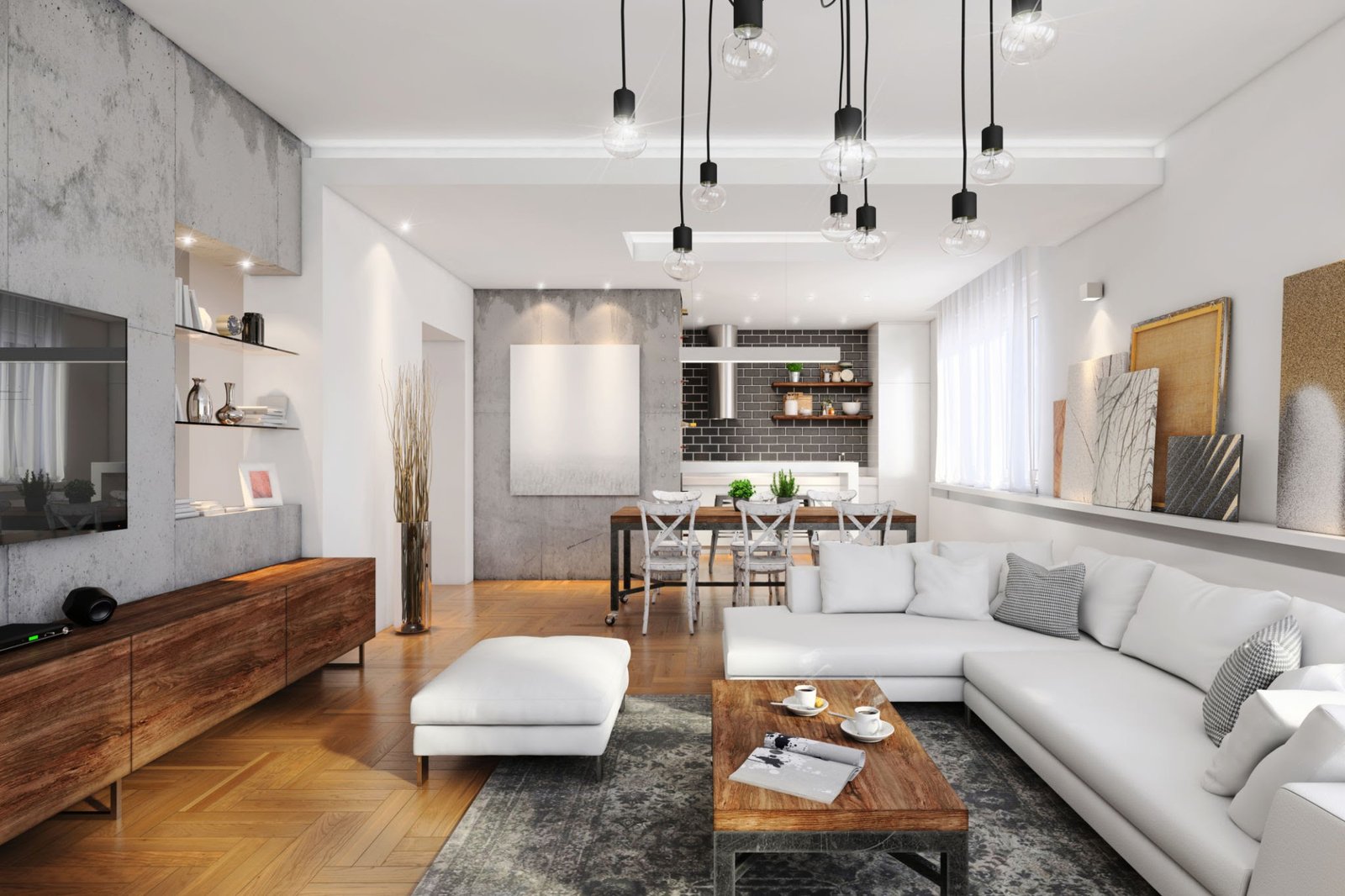
The Art and Science of Interior Design
Transforming Spaces
Interior design is more than just arranging furniture or selecting color schemes; it’s the art and science of enhancing the interiors of a space to achieve a healthier and more aesthetically pleasing environment for the people using it. Whether it's a cozy home, a bustling office, or a luxurious hotel, thoughtful interior design can transform any space, improving functionality and elevating the overall user experience.
The Essence of Interior Design
At its core, interior design involves a harmonious blend of creativity and practicality. Designers must consider the spatial arrangement, lighting, colors, textures, and furnishings, all while keeping the client’s needs and preferences at the forefront. The goal is to create a cohesive and visually appealing environment that also maximizes comfort and utility.
Key Elements of Interior Design
-
Space Planning: Effective space planning ensures that the space is utilized efficiently. This involves creating layouts that facilitate movement, enhance functionality, and meet the specific requirements of the inhabitants.
-
Color and Light: Colors have a significant impact on mood and perception. Designers carefully select color palettes that align with the desired atmosphere. Lighting, both natural and artificial, is crucial in highlighting features, creating ambiance, and making spaces feel more expansive.
-
Textures and Materials: The choice of materials and textures adds depth and interest to a space. Whether it’s the smoothness of polished marble, the warmth of wood, or the softness of textiles, these elements contribute to the sensory experience of the environment.
-
Furniture and Accessories: The selection of furniture and accessories must align with the overall design theme while ensuring comfort and functionality. These elements act as the finishing touches that bring the design vision to life.
The Impact of Interior Design
Well-executed interior design can significantly enhance the quality of life. In residential spaces, it creates a sanctuary where individuals can relax and rejuvenate. In commercial settings, it can boost productivity and foster a positive work environment. In hospitality, it enhances guest satisfaction and leaves a lasting impression.
Conclusion
Interior design is an integral aspect of creating spaces that are not only beautiful but also functional and welcoming. By combining artistic flair with practical considerations, interior designers like those at Akshna Buildwell transform ordinary spaces into extraordinary experiences. Whether you’re looking to revamp your home or redefine your workspace, professional interior design can make a world of difference.
.png)

